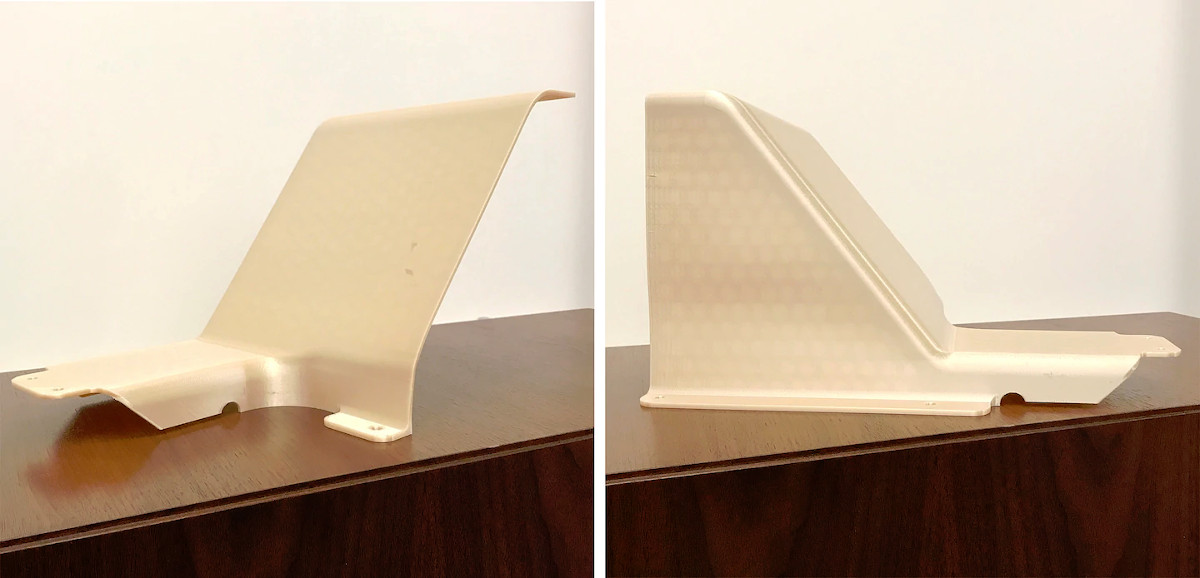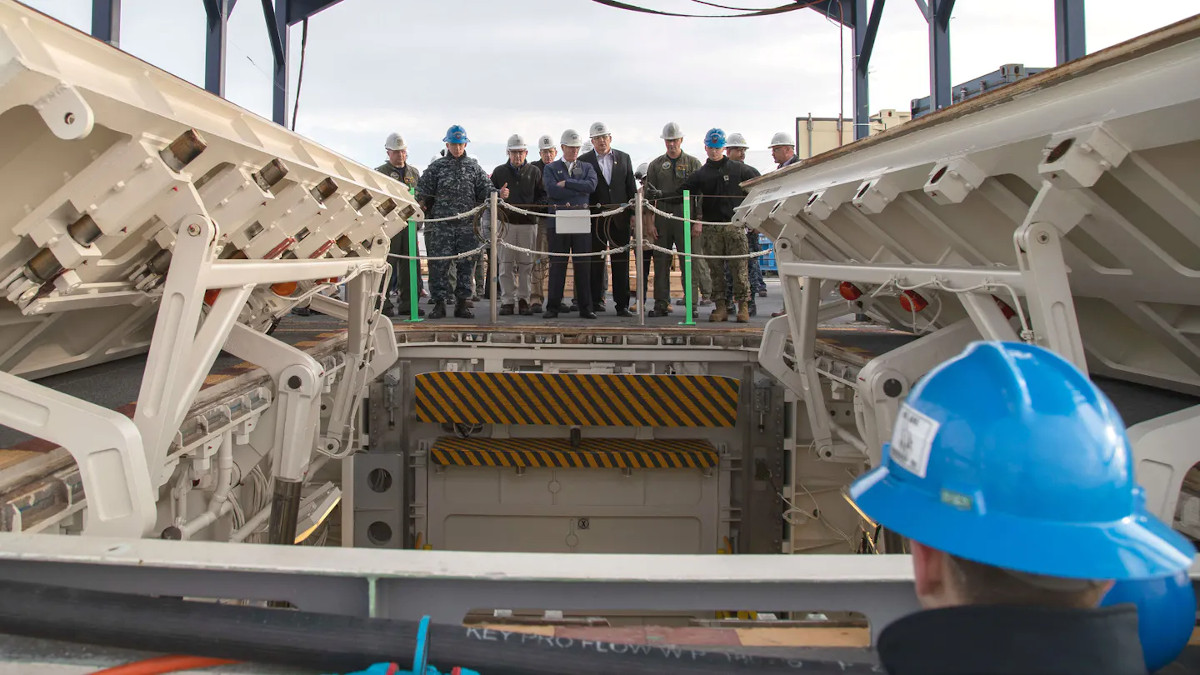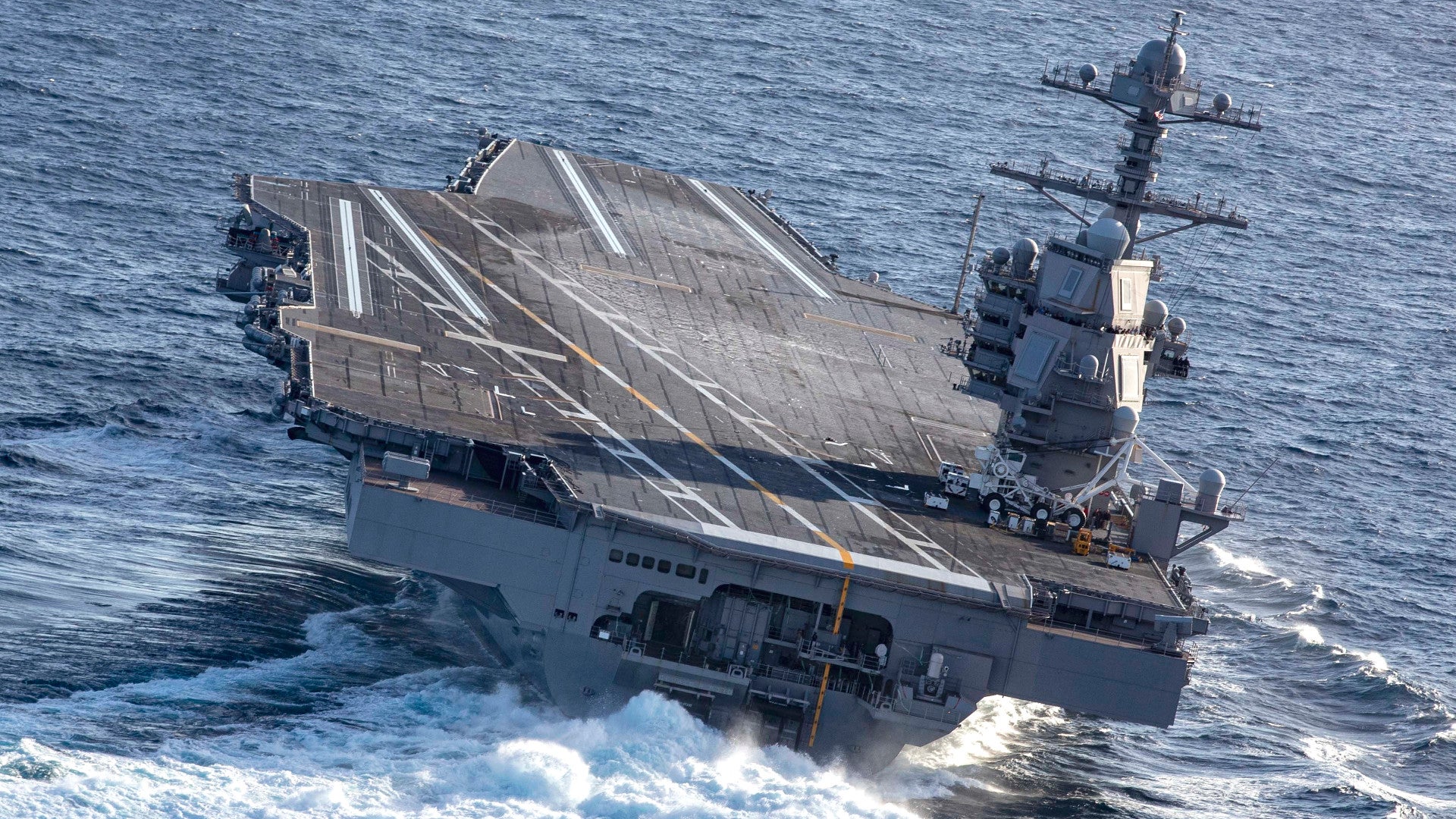As if the U.S. Navy’s newest aircraft carrier, the first-in-class USS Gerald R. Ford, hasn’t had enough troubles, a new report has revealed the toilets, and the sewage system that they feed into, are clogging on an “unexpected and frequent” basis. As a result and due to the overall system’s design, maintenance personnel now have to routinely flush the entire thing with an acid wash, a process that costs the service $400,000 each time.
The Government Accountability Office, a Congressional watchdog, included these details in a report it published on Mar. 24, 2020. Bloomberg
was first to report that GAO’s analysts had uncovered the toilet issue when exploring whether Navy shipbuilding programs take sufficient steps to head off issues that could lead to higher-than-expected sustainment costs for ships and submarines in the long run. The review examined six different classes of ships, including the Ford class.
In total, the review found 150 problems that impacted all of the ships in a particular class, which had led the service to underestimate “sustainment costs by $130 billion.” The report added that it would take “$4.2 billion to correct just the 30 percent of these problems for which the Navy had data on estimated repair costs.”
GAO only identified a few of the specific issues, including the toilet and sewage system problem on the Ford, which is apparently also set to be present on the next ship in the class, the future USS John F. Kennedy, also known by its hull number CVN-79. The repeated clogging stems from a decision to use an all-new system “similar to what is on a commercial aircraft, but increased in scale for a crew of over 4,000 people,” according to the report.

The review indicates that the Navy has no plans to replace the toilets or sewage system on either of these carriers. It is unclear if there are any plans to do so on the third and fourth Ford class ships, the future USS Enterprise and USS Doris Miller, respectively. Toilets are certainly not something these carriers, which are basically floating cities that sail for months at a time, can do without.
“The Navy has yet to determine how often and for how many ships [of the Ford class] this action will need to be repeated, making the full cost impact difficult to quantify,” GAO noted. “We generally did not include these types of ongoing costs in our calculation.”
This is, of course, not the only time the U.S. military has spent an exorbitant amount on toilet-related issues. In 2018, the U.S. Air Force admitted to buying covers for the toilets on its huge C-5M Galaxy airlifters at a cost of $10,000 apiece. It now 3D prints them at a fraction of the cost. Back in the 1980s, there had been another infamous scandal involving revelations that the Pentagon had been overpaying for basic items, including spending $640 on individual toilet seats and paying $37 for single screws.

The GAO report also highlighted problems with stores elevators on the Ford, which will also presumably be present at least on the CVN-79, which is in the latter stages of construction now. These elevators, which sailors use to move provisions between decks, are too small to accommodate a pallet jack or forklift.
“Thus, provisions cannot be loaded or unloaded with a pallet jack or a forklift and must be manually unpacked and stacked by hand on to the elevator. Unloading is further complicated, according to the ship’s crew, because the elevator doors are so small that the average sailor cannot stand up as they enter and exit the elevator,” GAO explained. “The fleet has mitigated a few of these problems, but a redesign of the elevator would be necessary to fit standard pallets and fully resolve the other problems.”
Elevators seem to be a particular problem for Ford, which also has major outstanding issues with its Advanced Weapon Elevators, which you can read about in more detail in this past War Zone piece. Sailors use these to move weapons and other aircraft stores to and from the flight deck.

Though the Navy officially took delivery of Ford
in 2017, the carrier has been beset by various problems, including with its new Electromagnetic Aircraft Launch System (EMALS) catapults and Advanced Arresting Gear (AAG), as well as with its propulsion system and radar. The ship is only expected to conduct its first operational cruise in 2024, six years behind schedule.
The carrier only completed certification to support carrier qualifications this week and looks set to operate as a non-deployable training ship for at least the immediate future. The Navy has sought to spin this in a positive light by saying that it will be “the only carrier qualification asset regularly available on the East Coast.” This, of course, ignores that the reason for this has been a worrying combination of maintenance issues and operational demands on existing Nimitz class carriers, which includes the recent decision to station two of them in the Middle East at once due to a recent spike in tensions with Iran.
After all this, the Navy is now set to conduct a study that could result in an end to the Ford class after just four ships and might lead to the purchase of smaller carriers. Hopefully, whatever design or designs come next, they’ll have a toilet system that doesn’t regularly threaten to literally shit all over its crew.
Contact the author: joe@thedrive.com
